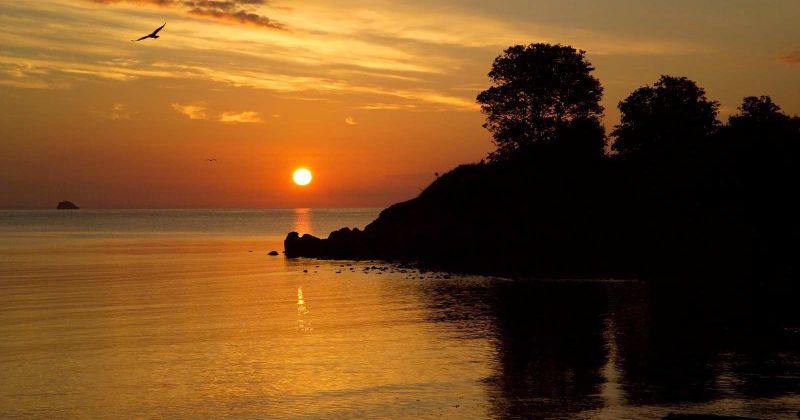
UNESCO’s Global Geoparks are a series of special sites and landscapes of international geological significance with a level of protection. They offer both education and sustainable development. They demonstrate how these places host some of the most geologically interesting and unique natural landscapes found anywhere on earth. Communities work together to promote geotourism and enhance awareness of environmental and sustainability issues and important local culture.
There are currently 195 sites across 48 countries but today we are focussing on those in the UK and Ireland that your clients can enjoy a visit to.
UNESCO Global Geoparks in Scotland
Shetland
Whilst Shetland was formed from a volcano active 395 million years ago and the earliest settlers arrived nearly 6000 years ago, it is now home to over one million seabirds including large colonies of puffins and gannets. The Geopark is made up of more than 100 islands of which 15 are inhabited and feature rolling hills, sheer cliffs, valleys, sandy beaches and moorland.
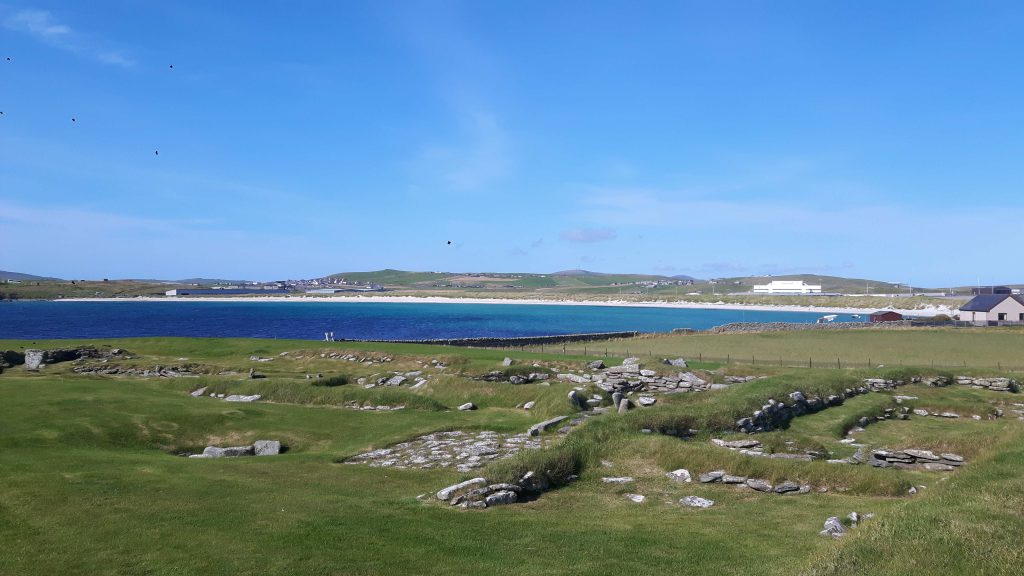
North-West Highlands
The North-West Highlands Global Geopark contains some of the most important geological features in Britain. This area is home to the oldest rocks in Europe dating back approximately 8 billion years ago as well as a vast array of other rock types and plenty of trails to explore them all.
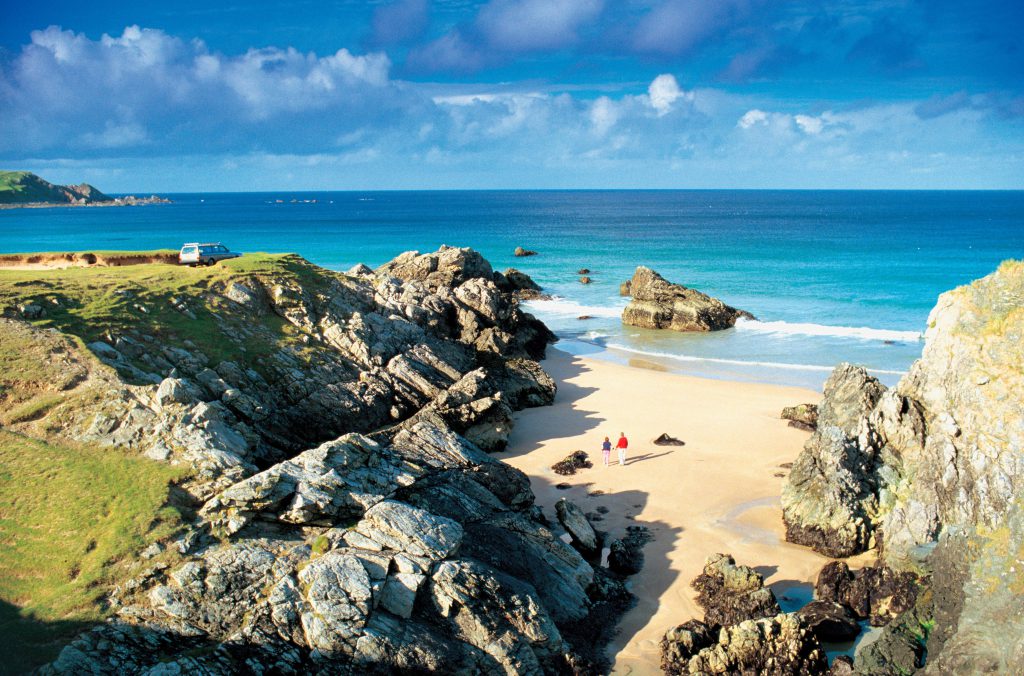
UNESCO Global Geoparks in England
North Pennines AONB
In this Area of Outstanding Natural Beauty you can find remote hills, wild flower meadows, open heather moors, stone settlements and also plenty of birdlife. Strolls through the woodland offer the scent of wild garlic and soon lead to rivers tumbling over waterfalls.
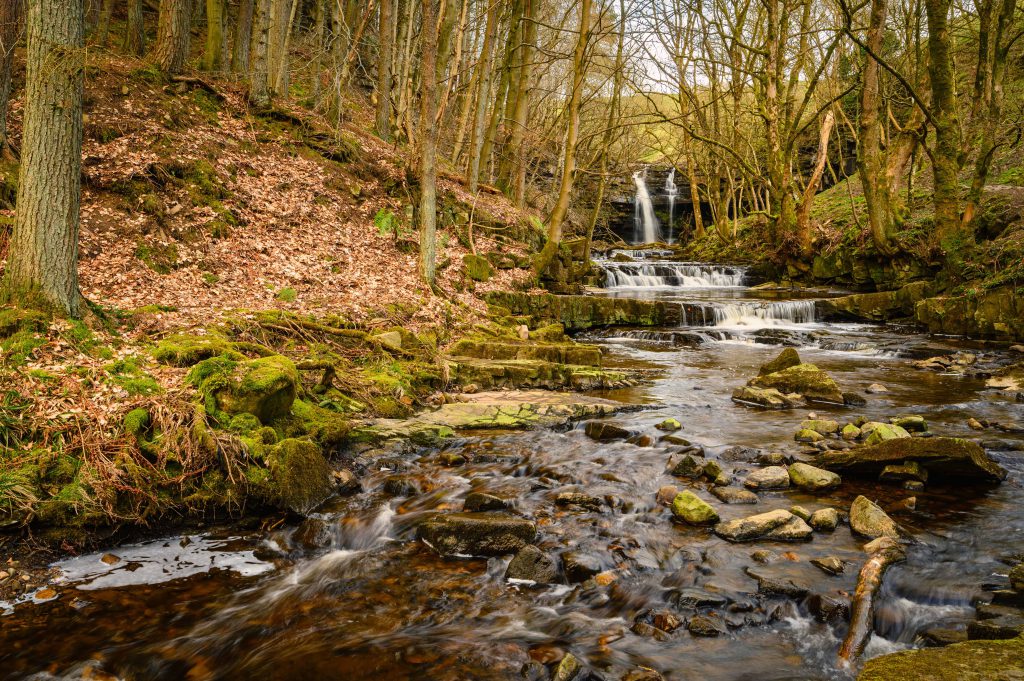
English Riviera
The English Riviera covers 22 miles of coastline with 20 beaches in Devon. The 350-400 million year old Marine Devonian limestone makes up the dramatic beach coves, impressive rock formations and seaside caves.
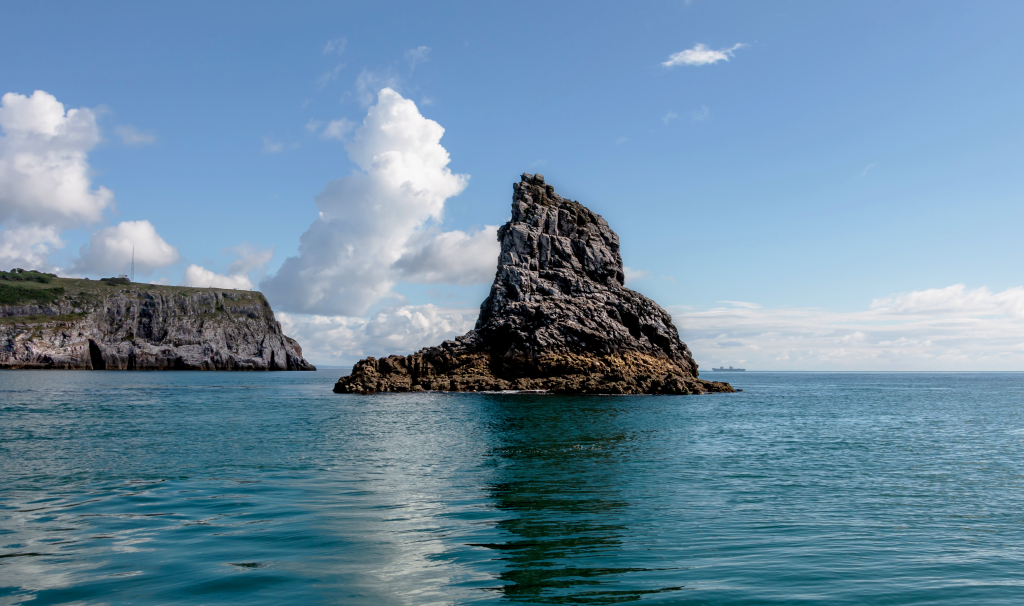
Black Country
The Black Country is known for it’s important role in the modern world we see today. The area is rich in limestone, ironstone, fireclay and coal and was also where the Industrial Revolution began. Therefore, you can find disused mines and quarries, canals, nature reserves and plenty of historic buildings.
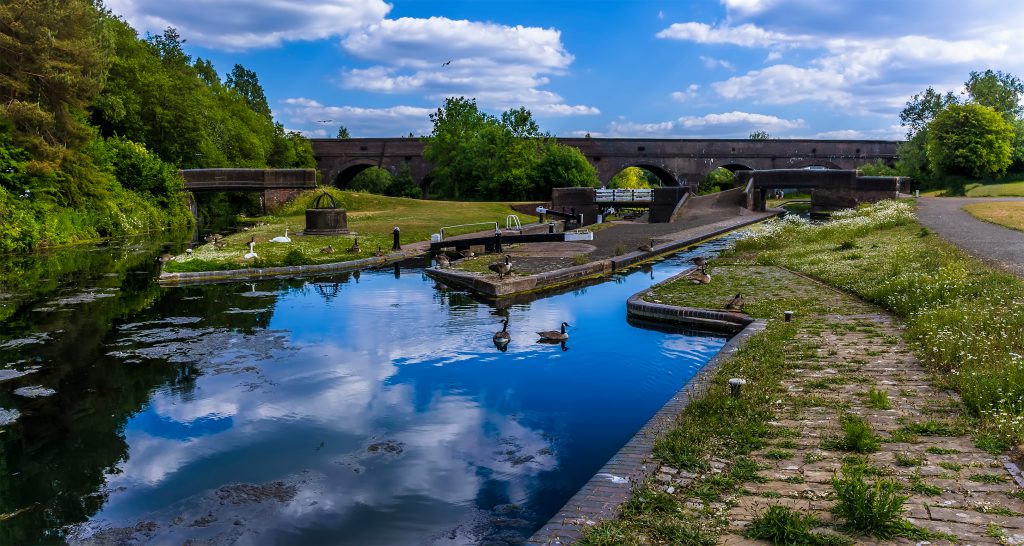
UNESCO Global Geoparks in Wales
GeoMôn
Wales’ largest island, Angelsey (Môn) is home to rocky cliffs and sandy beaches, more than 100 different rock types and the oldest fossils in England or Wales. Take a guided Geo-walk to learn about the 350 million year old limestone which has been used locally to build churches, house and castles.
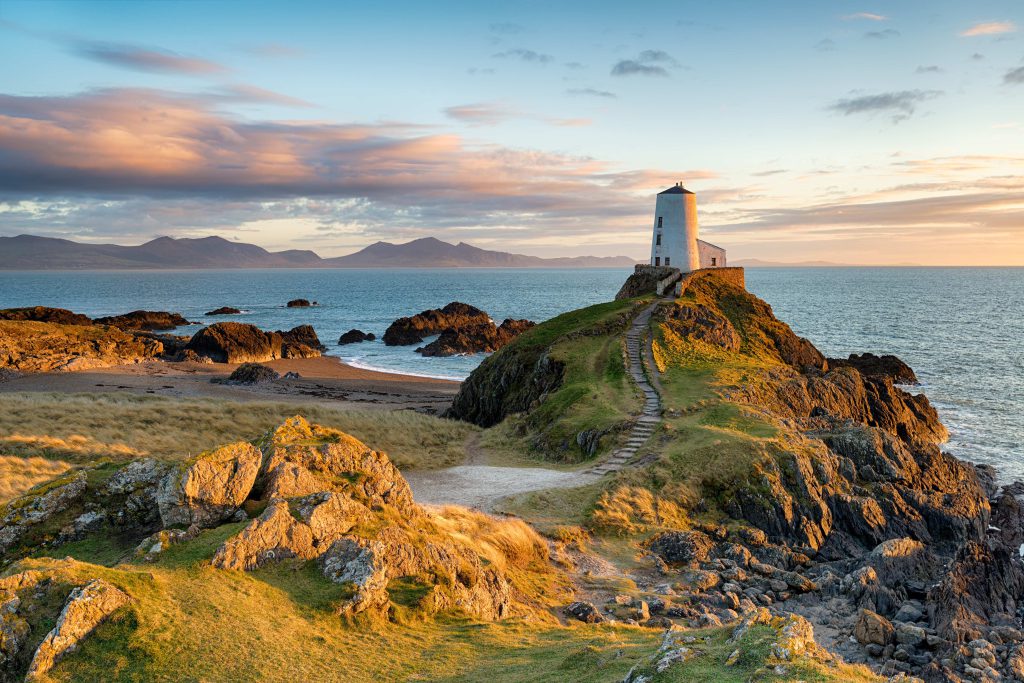
Fforest Fawr
The first Geopark in Wales, Fforest Fawr, covers the western half of the Brecon Beacons National Park where the mountains and valleys were sculpted by the Ice Ages over the last 2 million years. Furthermore, on a visit here you will find standing stones, Iron Age hill forts, Roman roads and Norman castles.
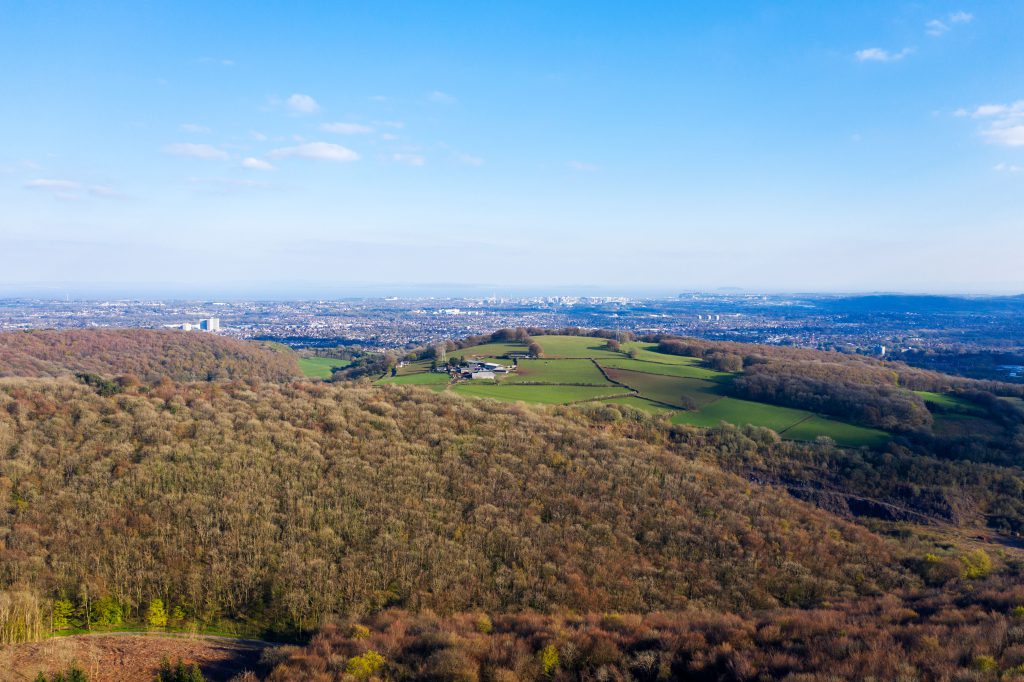
UNESCO Global Geoparks in Northern Ireland
Cuilcagh Lakeland
The landscapes here have been moulded by ice sheets. U-Shaped valleys subsequently offer glacial lakes in the lowlands and the uplands are comprised of bog and forest. Take a guided cave tour at Marble Arch, stop at one of the many viewpoints or visit an ancient abbey.
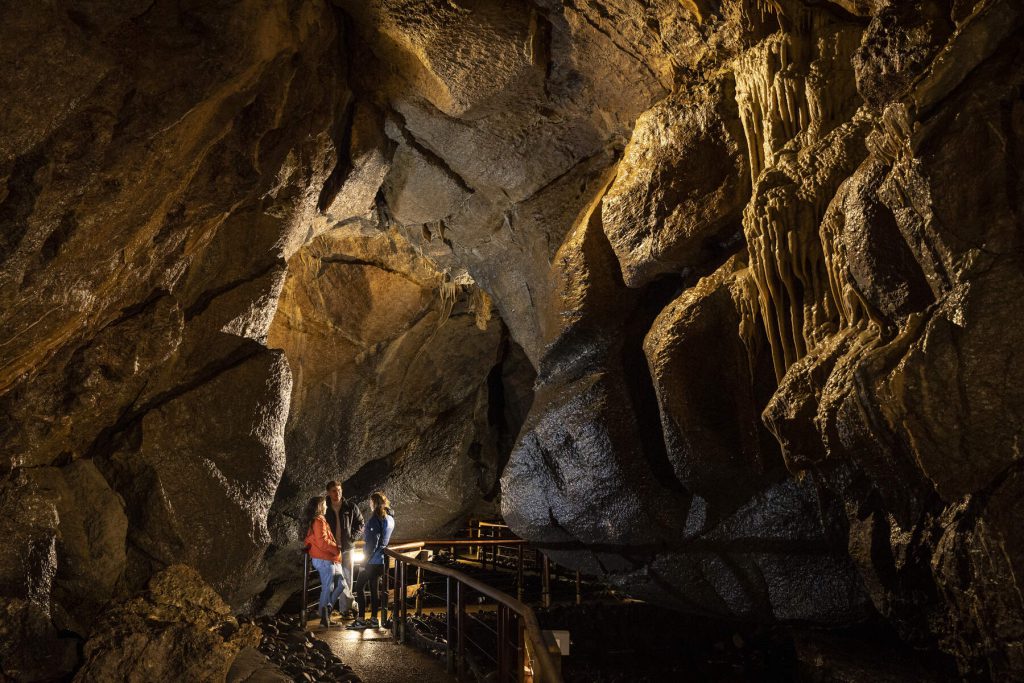
Mourne Gullion Strangford
New for 2023, the combination of mountains and coast here has led to a diverse range of glacial features not commonly seen in such a small area. Mourne Gullion Strangford tells the story of the end of the Iapetus Ocean and the beginning of the North Atlantic Ocean.
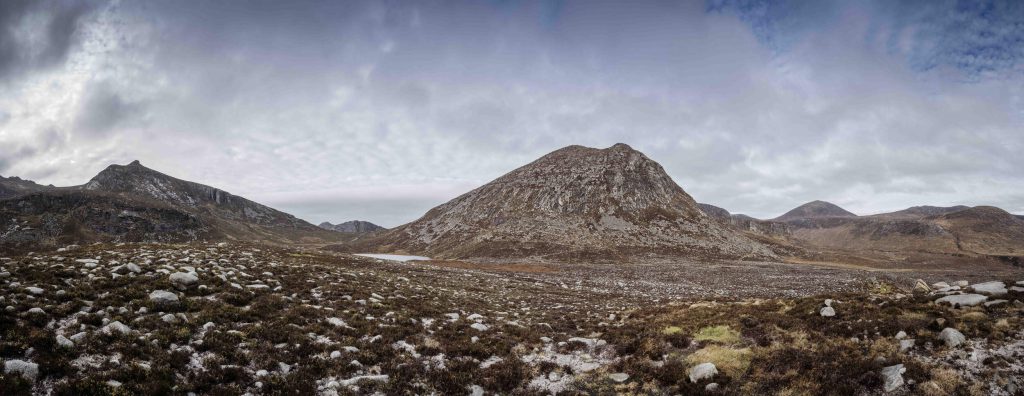
UNESCO Global Geoparks in Ireland
Burren and Cliffs of Moher
This area on the west coast of Ireland with a human history of over 6,000 years covers 530 square kms along the Atlantic Ocean. There are 700ft cliffs, a vast networks of subterranean caves featuring Stalagmites and Stalactites and unique floral collections not seen anywhere else on earth.
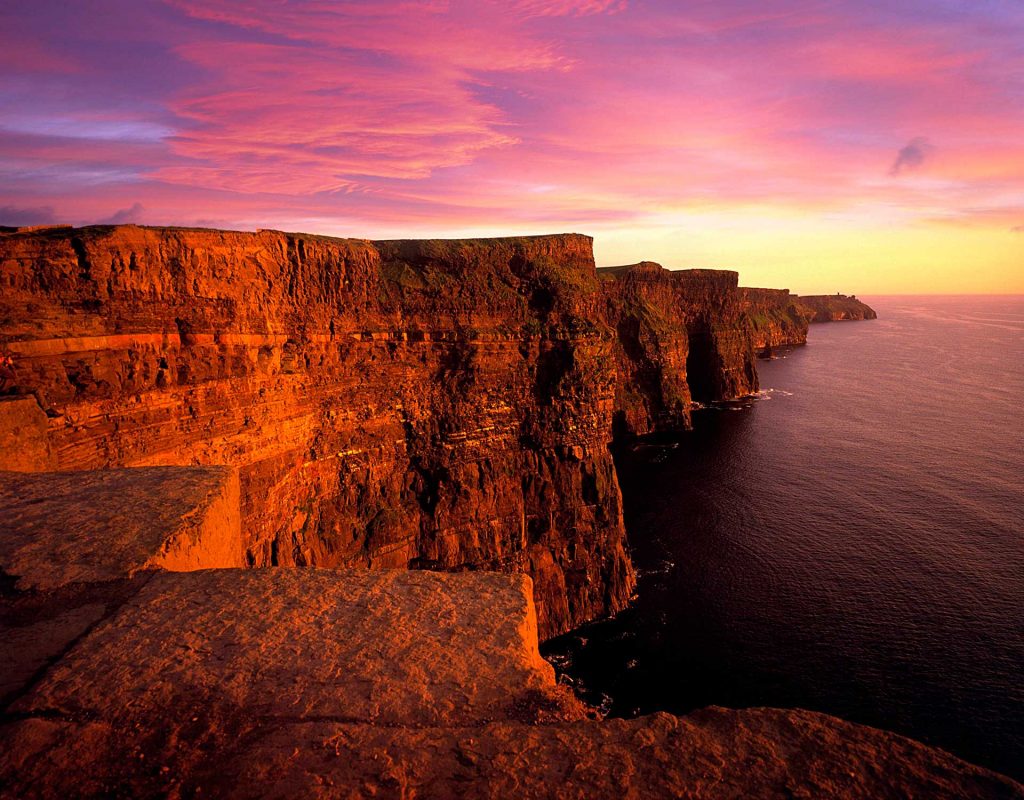
Copper Coast
The Copper Coast, an outdoor geology museum, stretches for 17km along the southern coast of Ireland. It is named for the mines of the 19th century that shaped the areas heritage. The areas rivers also display excellent examples of erosion and deposition.
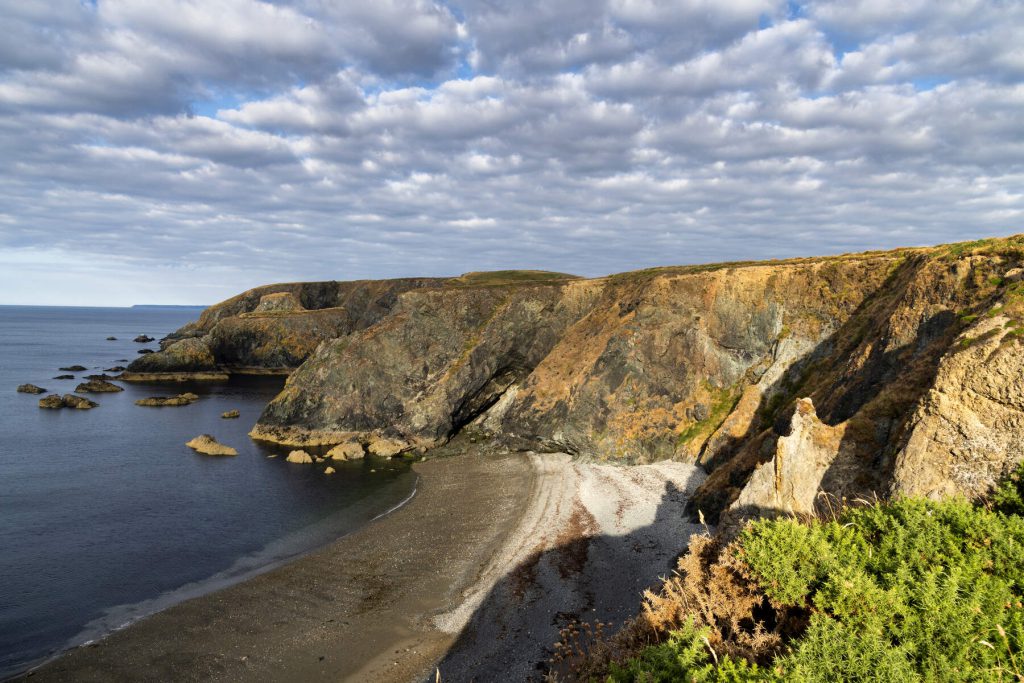
To add any of these fascinating UNESCO Global Geoparks to a trip for your clients, email [email protected]


